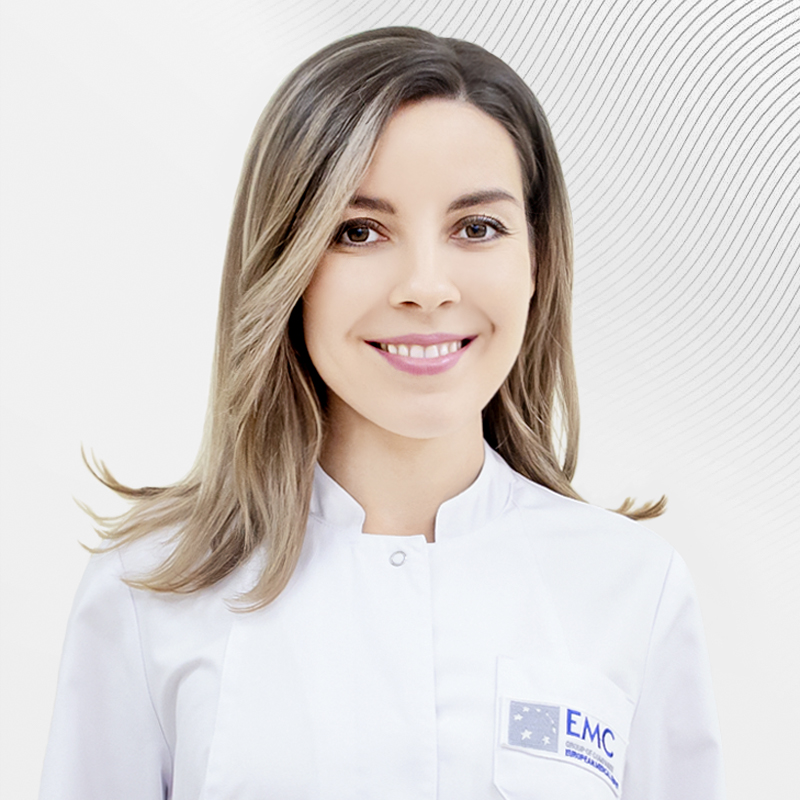 For an experienced anesthesiologist, this procedure is quite simple to perform. Epidural anesthesia greatly facilitates the course of labor, improves the well-being of the woman in labor and allows you to maintain strength and attitude for the most crucial moments in childbirth.Up to 60% of women in labor worldwide prefer to give birth after epidural anesthesia.
For an experienced anesthesiologist, this procedure is quite simple to perform. Epidural anesthesia greatly facilitates the course of labor, improves the well-being of the woman in labor and allows you to maintain strength and attitude for the most crucial moments in childbirth.Up to 60% of women in labor worldwide prefer to give birth after epidural anesthesia.
Epidural anesthesia during childbirth
 For an experienced anesthesiologist, this procedure is quite simple to perform. Epidural anesthesia greatly facilitates the course of labor, improves the well-being of the woman in labor and allows you to maintain strength and attitude for the most crucial moments in childbirth.Up to 60% of women in labor worldwide prefer to give birth after epidural anesthesia.
For an experienced anesthesiologist, this procedure is quite simple to perform. Epidural anesthesia greatly facilitates the course of labor, improves the well-being of the woman in labor and allows you to maintain strength and attitude for the most crucial moments in childbirth.Up to 60% of women in labor worldwide prefer to give birth after epidural anesthesia.
What is epidural anesthesia?
Epidural anesthesia refers to regional methods of anesthesia, relieving pain only in a specific area of the body. The anesthesiologist places a thin catheter next to the nerve roots between the lumbar vertebrae and injects a local anesthetic. The lower abdomen and sometimes the legs are "frozen". The pain disappears, and the woman in labor can rest, and even sleep.
Pros and cons of epidural anesthesia during childbirth
Anesthesia during childbirth using epidural anesthesia has a number of advantages over other methods:
- Clarity of mind. The woman in labor remains conscious, can control the course of labor, and after the baby is born, put it to her chest, hug it and get incomparable emotions from the first meeting with the child.
- Security. Properly performed anesthesia does not affect the course of labor. There is also no effect of epidural anesthesia on the baby during childbirth.
- Flexibility of anesthesia. The presence of an epidural catheter allows you to control both the duration and depth of anesthesia.
- Retains mobility in the first period of labor. At the beginning of labor, when contractions are not yet intense, a slightly concentrated solution of local anesthetic can be injected into the epidural catheter, preserving the sensitivity and mobility of the legs.
- Helps childbirth. After anesthesia, the contractility of the uterus normalizes, the opening of the cervix accelerates, and the pelvic muscles relax slightly.
- Fast conversion. If an emergency caesarean section is necessary during childbirth, it is enough to inject a highly concentrated local anesthetic to get complete anesthesia and immediately begin the operation.
Epidural anesthesia has some disadvantages:
- Lack of sensitivity or mobility in the legs during intense contractions. With increasing intensity of contractions, large doses of painkillers may be required. This often leads to the fact that the woman in labor does not feel her legs. The effect is temporary and disappears a few hours after the anesthetic is stopped.
- Excludes alternative births. Due to the lack of mobility in the legs, giving birth in the bathroom or vertical childbirth becomes almost impossible.
- Violation of urination. Sometimes a midwife is needed to empty the bladder using a catheter. The problem disappears with the end of anesthesia.
- Violation of thermoregulation and chills. In comfortable maternity boxes, this happens extremely rarely.
Contraindications to epidural anesthesia during childbirth
- Low blood clotting. Allergy to local anesthetics.
- Bacterial or viral infection of the skin in the area of catheter insertion.
- Severe diseases and heart defects (the possibility of epidural anesthesia is discussed jointly with a cardiologist or a cardiac surgeon).
- Severe liver diseases that cause a decrease in blood clotting and the metabolism (destruction) of local anesthetics in the liver.
- Severe pathologies of the nervous system (demyelinating diseases and peripheral neuropathies).
- Tattoo at the puncture site. Tattooed skin is considered relatively clean and prone to infection. This point is discussed individually in consultation with an anesthesiologist.
- Unwillingness of the patient. If there are no strict medical indications, then a woman's refusal of epidural anesthesia for a doctor is also a contraindication to its implementation.
If epidural anesthesia is not possible, an experienced anesthesiologist will always suggest alternative methods of labor anesthesia.
Consequences and complications after epidural anesthesia during childbirth
Possible complications may be related either to a violation of the technique of execution, or to the anatomical or physiological characteristics of the expectant mother.
- Back pain (if vertebrae or ligaments have been injured due to the patient's involuntary movement or an unintentional violation of technique by the anesthesiologist).
- Headache (if the dura mater has been affected due to the involuntary movement of the patient or an unintentional violation of the technique).
- Prolonged difficulty urinating (after the end of anesthesia) if the woman has hypersensitivity to local anesthetics.
- Sensitivity disorders in case of injury to nerve roots (due to involuntary movement of the patient or in the presence of anatomical features (scoliosis, herniated discs, fixed spinal cord syndrome).
- A decrease in blood pressure when the patient is dehydrated (often occurs if the woman in labor restricts herself in fluid intake).
- Itching of the skin when using opioid analgesics to enhance pain relief.
Discuss these complications with your anesthesiologist, this will avoid most problems.
Epidural anesthesia during delivery at the EMC maternity hospital
Childbirth is the long–awaited end of pregnancy and the bright beginning of a new life. Therefore, we treat patients at the EMC maternity hospital carefully, with warmth and care. With modern equipment and medicines available, and relying on high professionalism and extensive experience, EMC anesthesiologists, together with your obstetrician-gynecologist and neonatologist, develop an individual pain management plan for childbirth from the standpoint of safety and the concept of openness in anesthesia.
Many people ask what the cost of epidural anesthesia is during childbirth. In the EMC maternity hospital does not need to pay for pain relief separately, regardless of which contract you have.
Get help
Specify your contacts and we will contact you to clarify the details.
Doctors
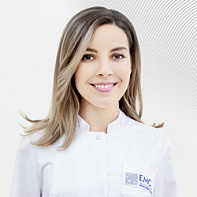
Yashina Elena
-
.jpg)
Khachatryan Zarine
Ph.D. of Medical Sciences
-

Anoshin Alexey
-

Tyutyunnik Victor
Chief Doctor of the Perinatal Center, Doctor of Medicine, Professor
-
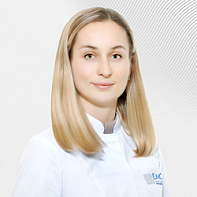
Sergunina Olga
-
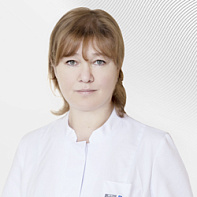
Dikova Inna
Head of the Department of Pathology of Pregnancy
-
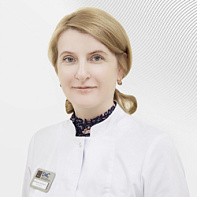
Trifanova Ekaterina
-

Saakyan Gayane
Doctor of the first category
-
.jpg)
Navrotsky Victor
Head of the Maternity Ward, Doctor of the highest category
-
.jpg)
Fateeva Irina
-
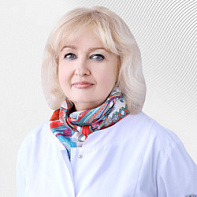
Alexeeva Inna
Head of the Obstetric Department, Doctor of the highest category
-
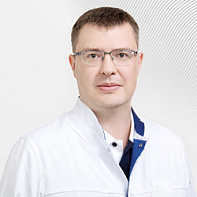
Polyakov Nikolay
-
.jpg)
Gorbunov Andrey
Doctor of the highest category, Ph.D. of Medical Sciences
-
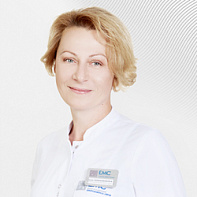
Sukhobokova Elena
Head of the Neonatology Department with Intensive Care Unit and Pathology of Newborns, Doctor of the highest category
-
.jpg)
Sharova Marina
Head of the Mom School, Ph.D. of Medical Sciences, Doctor of the highest category
-
.jpg)
Shpachenko Viktoria
-
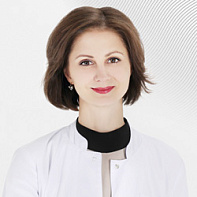
Borovkova Ekaterina
Doctor of the highest category, Professor, Doctor of Medicine
-
.jpg)
Yandybaev Vladislav
Head of the Intensive Care Unit and Intensive Care Unit
-
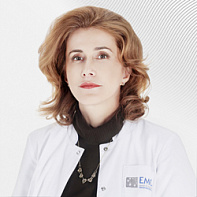
Madan Korneliya
-
.jpg)
Loginova Olga
Ph.D. of Medical Sciences
-
Yashina Elena
- Field of practical interests: providing modern intensive care for children at birth, caring for premature newborns with very low and extremely low body weight, conducting the latest types of respiratory therapy for newborns with respiratory disorders
- She worked as an anesthesiologist and intensive care physician in the A. G. Antonov Neonatal Intensive Care Unit at the V. I. Kulakov National Research Center for Pediatric Surgery
- Author of scientific articles, participates in the modernization of safe methods of therapy in newborns
Total experience
14 years
Experience in EMC
since 2021
